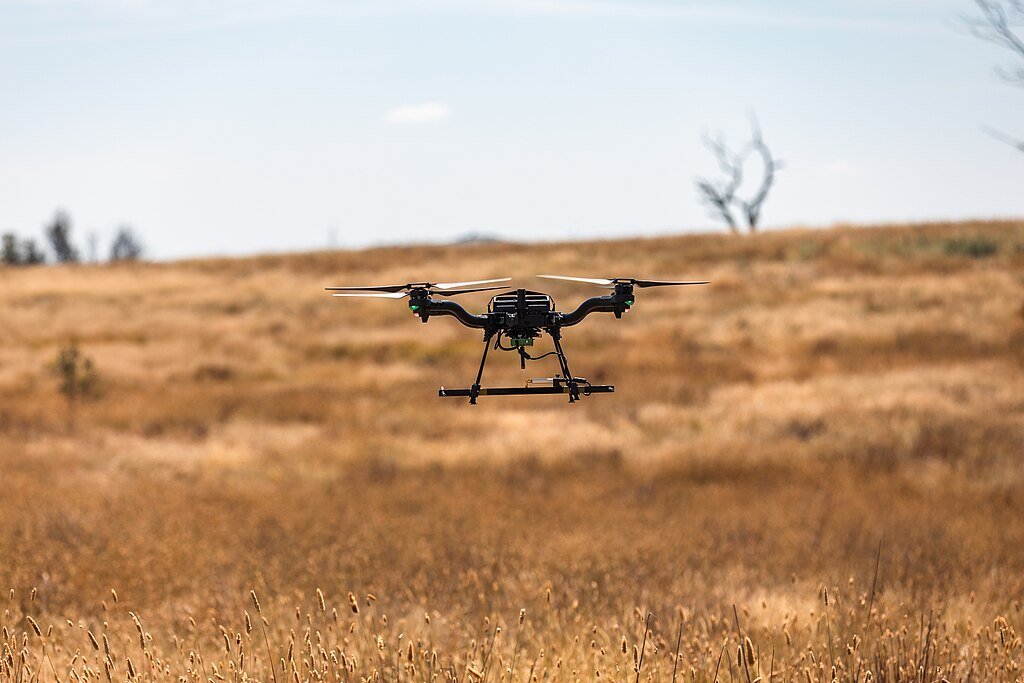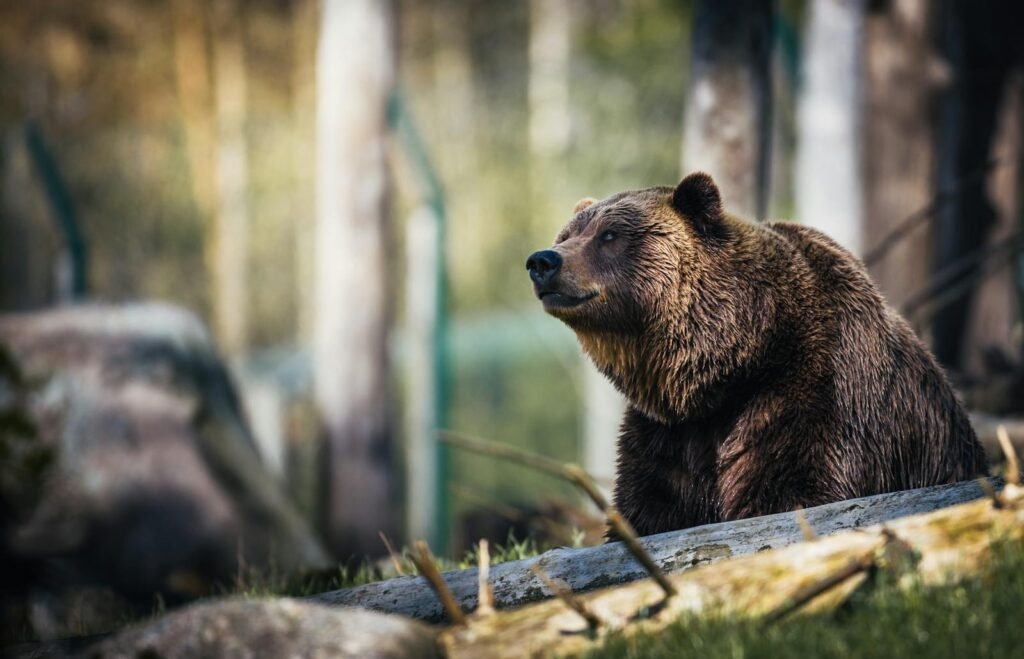How wildlife managers are trading shotguns for drones and why buzzing UAVs outperform bear dogs in Montana’s grizzly country.
The Bear Whisperer’s Dilemma

In 2017, Wesley Sarmento became Montana’s first prairie-based bear manager a job that often put him face-to-face with 600-pound grizzlies. His mission is to prevent conflicts while these protected predators reclaim Great Plains habitats that have been lost over generations.
The challenge:
- Grizzly populations rebounded 50% in Glacier/Yellowstone regions since 1975.
- Expanding ranges brought bears into farmlands and suburbs.
- Traditional tools (shotguns with cracker rounds) risked dangerous encounters.
“I once hazed a charging male grizzly in the rain,” recalls Sarmento. “That’s when I knew we needed a better way.”
From Bear Dogs to Buzz Drones

Sarmento tested every hazing method with surprising results:
The Contenders:
- Airedale Terriers (“bear dogs”):
- Pros: Local farmers trusted them.
- Cons: Chased porcupines more than bears; detection rate <20%.
- Rubber Bullets & Cracker Shells:
- Pros: Immediate effect.
- Cons: Required risky close-range encounters.
- DJI Matrice Drones:
- Pros: 94% success rate; could haze bears from 2 miles away via thermal cameras.
- Cons: FAA nighttime flight restrictions.
“The drone was the magic tool,” says Sarmento, whose findings were published in Frontiers in Conservation Science. “I could move a bear off a chicken coop without leaving my truck.”
Why Drones Outperform Nature’s Solutions

Bears aren’t inherently aggressive but they’re neophobic (afraid of novel stimuli). Drones exploit this:
- The “Angry Bee” Effect: High-pitched buzzing mimics swarming predators.
- Precision Herding: UAVs can steer bears toward wild corridors.
- Night Ops: Thermal imaging spots bears near barns before conflicts occur.
Bonus: Unlike dogs, drones don’t get distracted by cats or quilled by porcupines.
Aversive Conditioning 2.0: Teaching Bears Boundaries

The real win? Long-term learning. Data shows:
- Young bears required 3–4 drone hazing events before avoiding human zones.
- Older bears remembered after just 1–2 encounters.
- Hazing incidents dropped 60% yearly as bears learned “human areas = annoying bees.”
“It’s like teaching a toddler not to touch a hot stove,” explains Sarmento. “Except the stove flies and buzzes.”
Beyond Montana: A Global Model for Coexistence

From Canada’s Yukon to Japan’s Hokkaido, drones are revolutionizing human-wildlife conflict:
- Norway: Salmon farmers use drones to deter sea eagles.
- India: Forest guards haze elephants away from crops.
- Chile: Ranchers protect sheep from pumas.
But challenges remain:
- Battery life limits (most drones last 30 mins).
- Rural internet gaps hinder real-time tracking.
- Some bears (like bold males) ignore drones entirely.
The Future: AI Bears and Smart Corridors

Next-gen solutions in testing:
- AI Bear ID: Drones with facial recognition log individual bears’ hazing histories.
- Automatic Geofencing: UAVs deploy when bears cross virtual boundaries.
- Drone Swarms: Multiple drones mimic wolf-pack harassment.
“We’re entering an era where tech doesn’t just manage bears it teaches them,” says Sarmento.
How You Can Help (Without Buying a Drone)
- Secure trash (90% of urban bear conflicts start here).
- Support “Drone Ranger” volunteer programs.
- Advocate for FAA waivers allowing nighttime wildlife flights.
“The goal isn’t to scare bears,” stresses Sarmento. “It’s to give them a reason to choose wild spaces.”
Sources:
Frontiers: Drone Hazing Study | Montana Bear Drone Footage
Bear hazing with drone, Source: YouTube, Uploaded: Frontiers

Suhail Ahmed is a passionate digital professional and nature enthusiast with over 8 years of experience in content strategy, SEO, web development, and digital operations. Alongside his freelance journey, Suhail actively contributes to nature and wildlife platforms like Discover Wildlife, where he channels his curiosity for the planet into engaging, educational storytelling.
With a strong background in managing digital ecosystems — from ecommerce stores and WordPress websites to social media and automation — Suhail merges technical precision with creative insight. His content reflects a rare balance: SEO-friendly yet deeply human, data-informed yet emotionally resonant.
Driven by a love for discovery and storytelling, Suhail believes in using digital platforms to amplify causes that matter — especially those protecting Earth’s biodiversity and inspiring sustainable living. Whether he’s managing online projects or crafting wildlife content, his goal remains the same: to inform, inspire, and leave a positive digital footprint.



